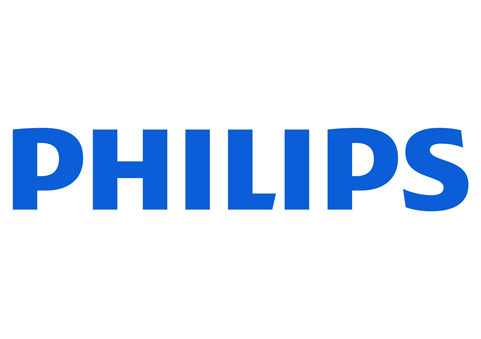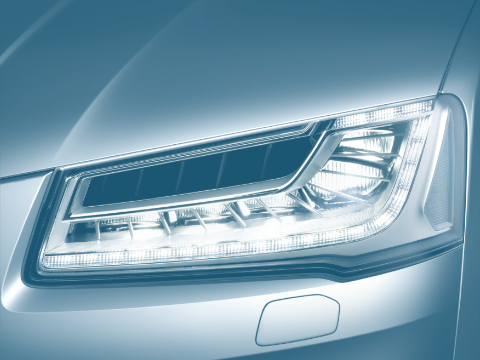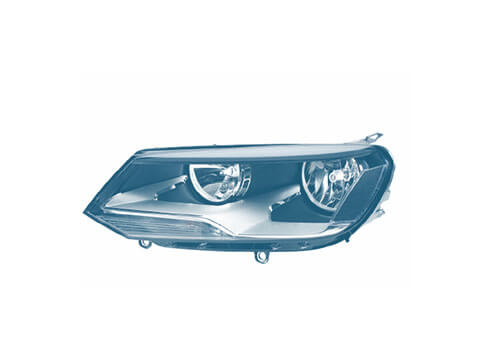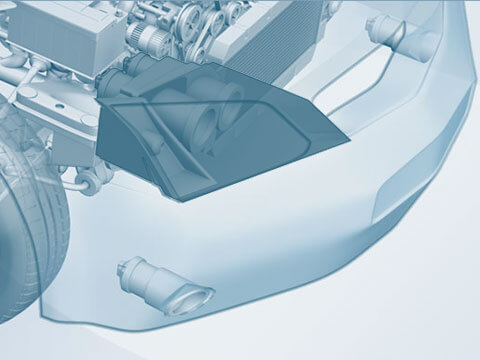Xenon headlight
Xenon headlights are car headlights which feature a xenon gas-discharge lamp in the dipped beam or high beam. They provide more intensive illumination than conventional halogen bulbs.
Funktion
Bei der Xenon-Technologie erzeugt ein intensiver Lichtbogen das Licht der Xenon-Lampe. Zur Zündung der Xenon-Lampe ist eine Hochspannung von 20.000 Volt notwendig. Diese liefert ein elektronisches Vorschaltgerät. Bei den Xenon-Scheinwerfern bewirkt die automatische oder auch dynamische Leuchtweiteregelung eine stets korrekte Scheinwerfereinstellung unabhängig von der Beladung, dem Bremsvorgang oder der Beschleunigung des Fahrzeuges. Dazu registrieren Sensoren den Beladungszustand. Über Stellmotoren wird dann die Stellung der Scheinwerfer korrigiert. Bei der dynamischen Leuchtweiteregelung wird über das Tachosignal die Geschwindigkeit des Fahrzeuges verarbeitet. Somit können Brems- und Beschleunigungsvorgänge schnell ausgeglichen werden. Das Xenon-Gesamtsystem umfasst auch eine Scheinwerferreinigungsanlage. Sie sorgt für eine saubere Abschlussscheibe des Scheinwerfers, um somit das Xenon-Licht auf die Straße zu richten und eine Blendung des Gegenverkehrs auszuschließen. Xenon-Licht hat im Vergleich zum Licht herkömmlicher Halogen-Glühlampen zwei entscheidende Vorteile:
- Xenon-Lampen liefern mehr als doppelt so viel Licht wie eine moderne H7-Lampe. Sie benötigen dafür aber nur zwei Drittel der elektrischen Leistung
- Xenon-Licht verfügt über eine dem Tageslicht ähnliche Lichtfarbe
Safety
This additional light makes the road lighter and illuminates a greater width. This enables dangers to be detected earlier, accidents to be prevented and lives to be saved. The improved illumination of the road and the similarity to daylight of the xenon light accommodate the natural viewing habits of the human eye. The driver is subject to less strain and is consequently more relaxed. One further aspect which is relevant for safety is the low failure rate of xenon headlights due to their shock-resistant light arcs and vibration-resistance.
Protection of the environment
Xenon technology makes a sustainable contribution to environmental conservation thanks to its longer service life and lower energy consumption than halogen lamps, for example.
Value retention
The longer service life of xenon lamps and the consequent low level of wear has a positive effect on the value retention of cars fitted with them.
Function
With xenon technology, the light of the bulb is generated by an intensive light arc. A high voltage of 20,000 volts is required to light up the xenon lamp. This is supplied by an electronic ballast. On xenon headlights, the automatic or dynamic headlight range adjustment ensures that the headlights are always correctly adjusted, irrespective of the vehicle’s load, acceleration or braking. Sensors detect the load condition for this purpose. The position of the headlights is then corrected using servomotors. With dynamic headlamp range adjustment, the tach signal is used to process the vehicle’s speed. This allows acceleration and braking procedures to be quickly offset. The complete xenon system also comprises a headlight cleaning facility. This keeps the headlight’s cover lens clean, thereby keeping the xenon light directed at the road surface and preventing drivers in oncoming traffic from being dazzled. Compared to the light from conventional halogen bulbs, xenon light has two key advantages:
- Xenon lamps generate more than double the light of a modern H7 lamp. To do so, however, they only require two thirds of the electrical power
- Xenon light has a colour similar to that of daylight
Categories of xenon lamps
Xenon lamps are divided into the following ECE categories:- D1
- D1S
- D1R
- D2S
- D2R
- D3S
- D3R
- D4S
- D4R
- D-H4R









